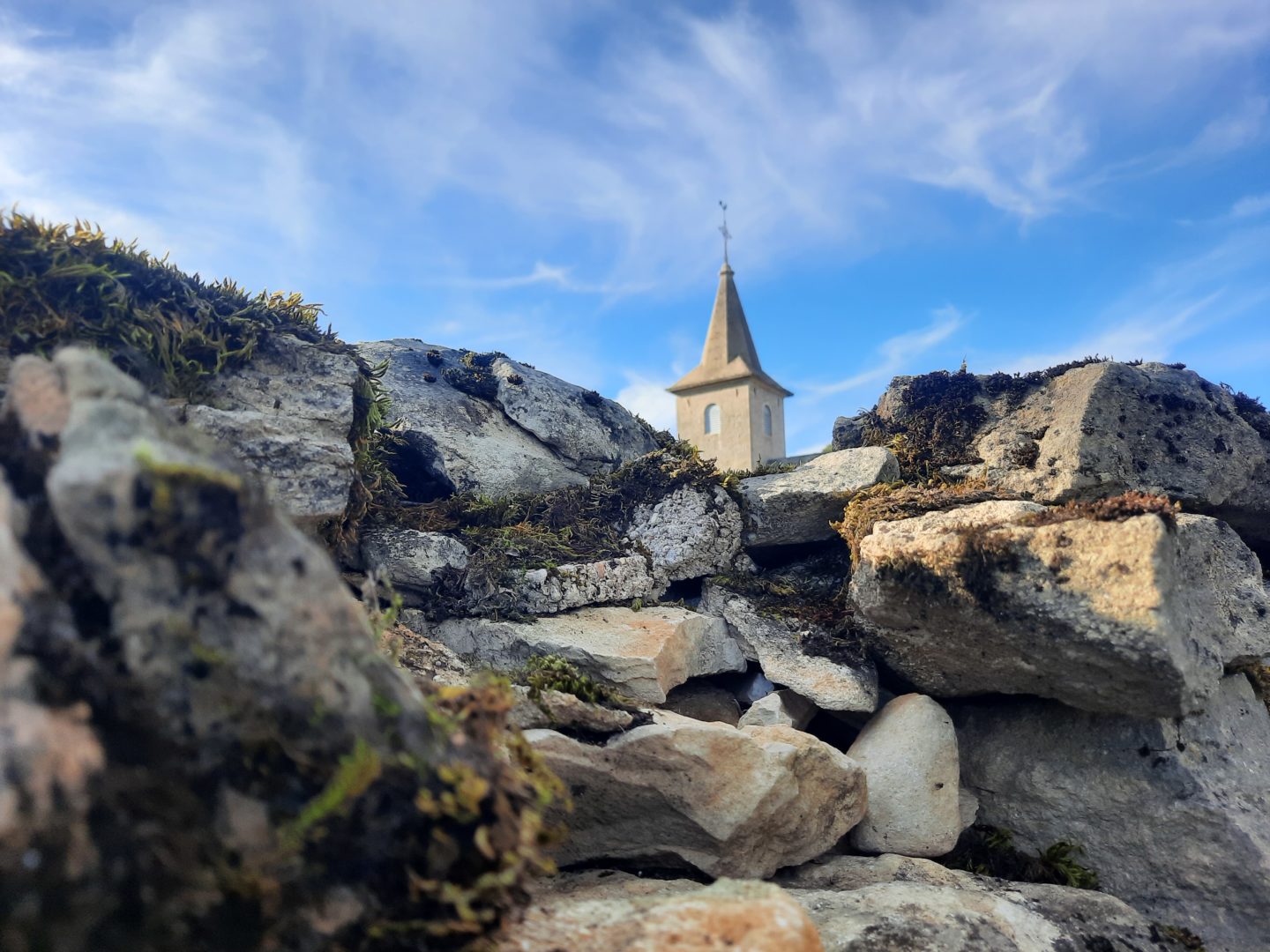Hauteroche is a small Jura commune, formed from the merger of the communes of Mirebel, Crançot and Granges-sur-Baume. It has just over 900 inhabitants.
Mirebel:
Mirebel means "beautiful view", and derives from the verb "mirer", meaning "to look". The village stretches from the Ain river to the Heute hill. The village of Mirebel is known from Gallo-Roman times. It is mentioned again from the 12th century onwards.
The seigneury was one of the most important in the province. It had magnificent forests in its outbuildings, and many villages depended on it. It belonged successively to the Lords of Vienne, Rye and Chalon-Arlay Princes of Orange, the most influential lords in the area.
In the Middle Ages, Mirebel was divided into three districts: the castle, the village and the town.
- The château sits atop a mountain called Côte de l'Heute.
- The village at the foot of the castle.
- And, the city.
What's on offer?
- The castle ruins. Louis XI's troops dismantled them and Henri IV's completed them.
- The church of Saint-André dominates the village. Its nave and bell tower date back to the Gothic period.
- And the Notre-Dame du Guet belvedere, so named because a statue of the Virgin triumphs from the top of its rock. From here, you can admire the view over the first plateau and the Haut-Jura mountain range.
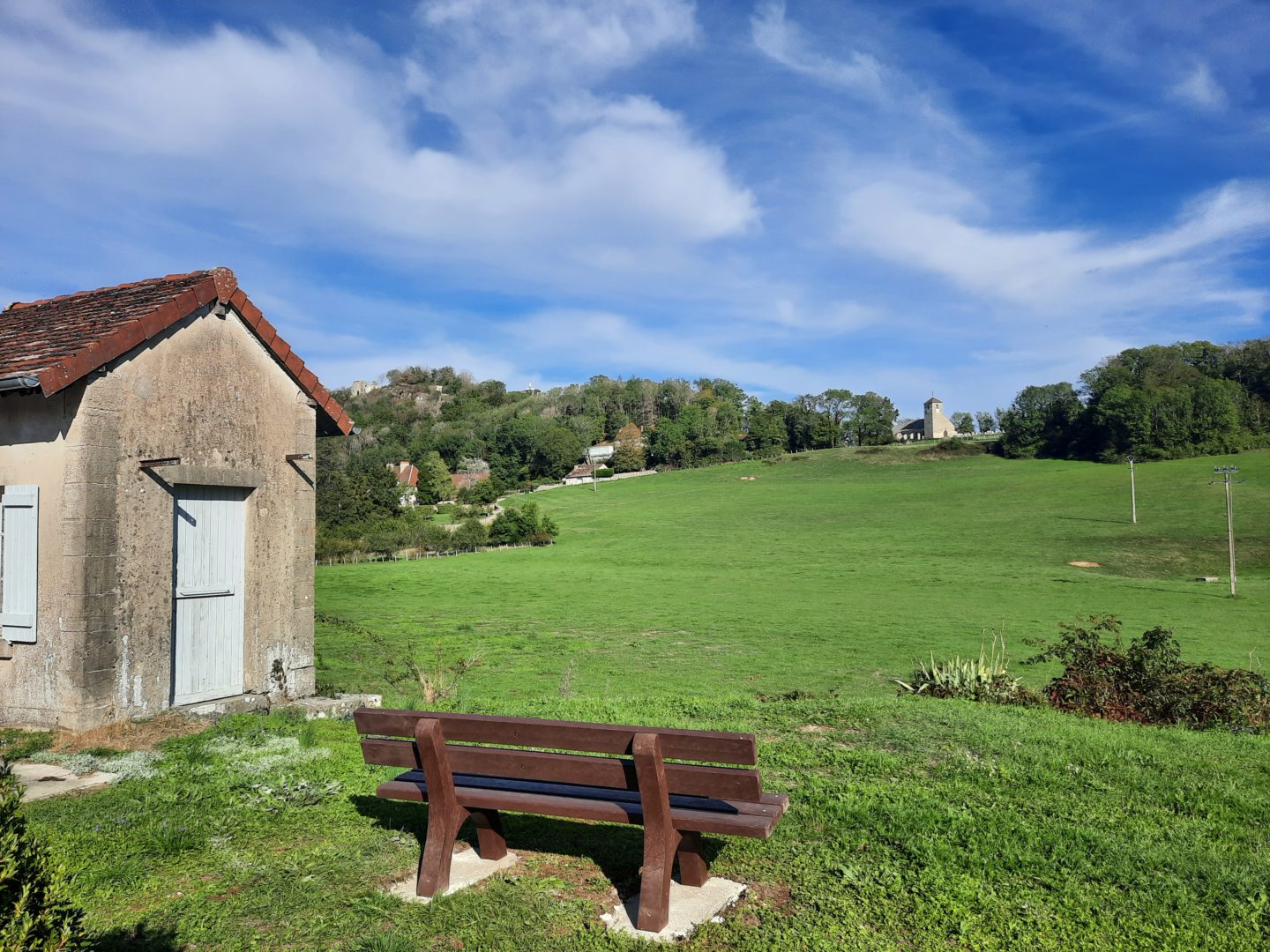
Mirebel 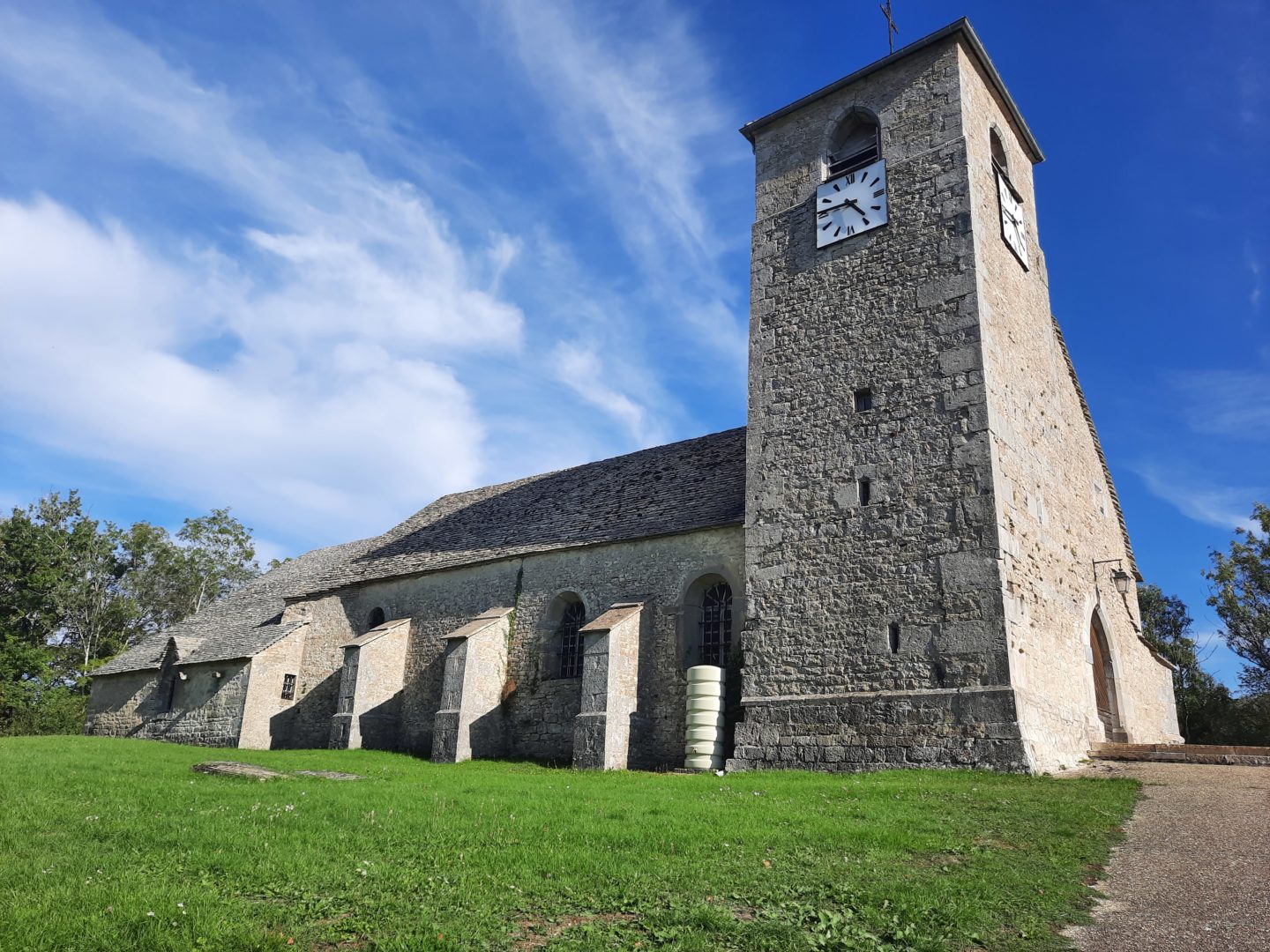
église Saint-André - Mirebel 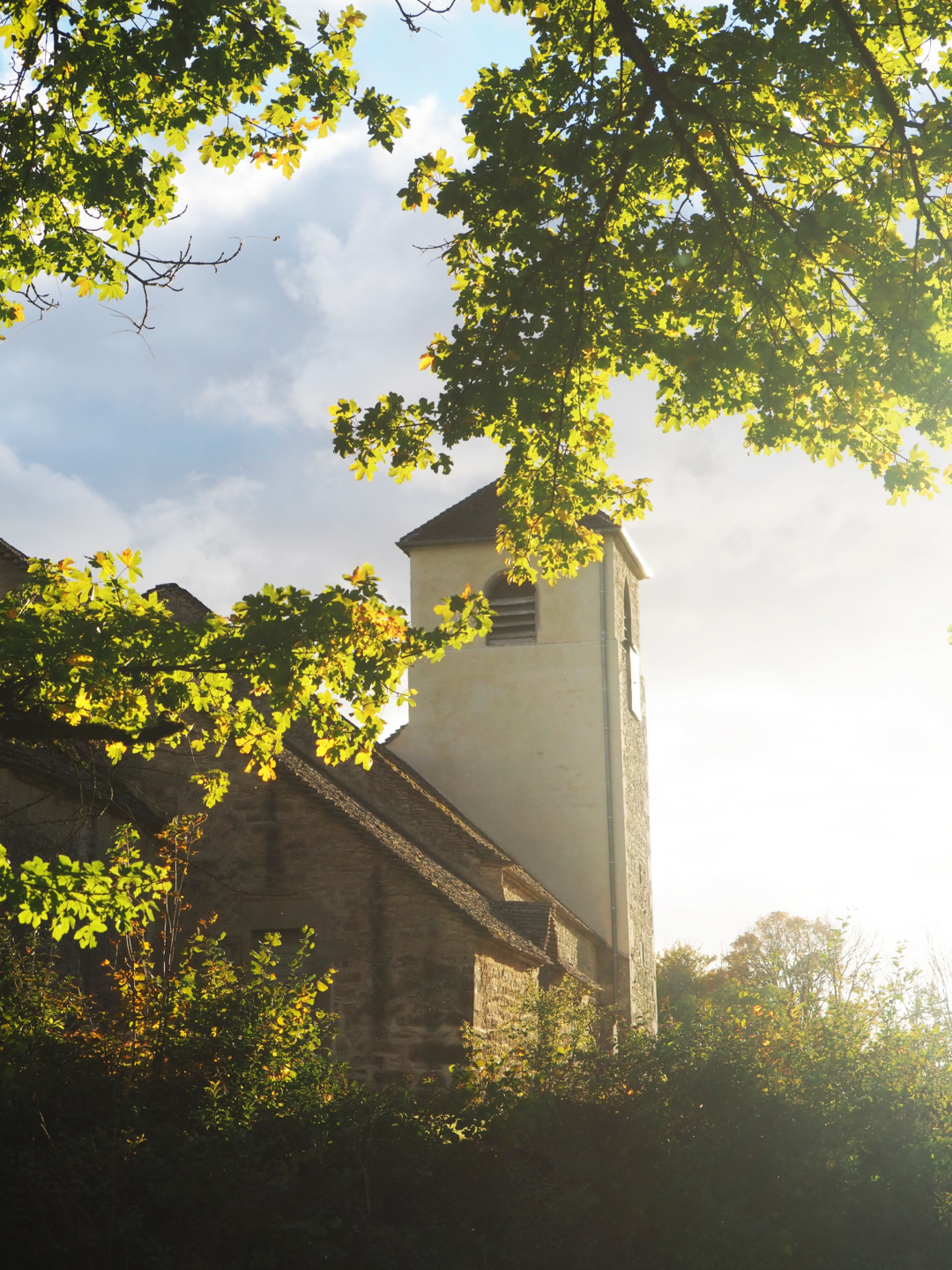
église Saint-André - Mirebel 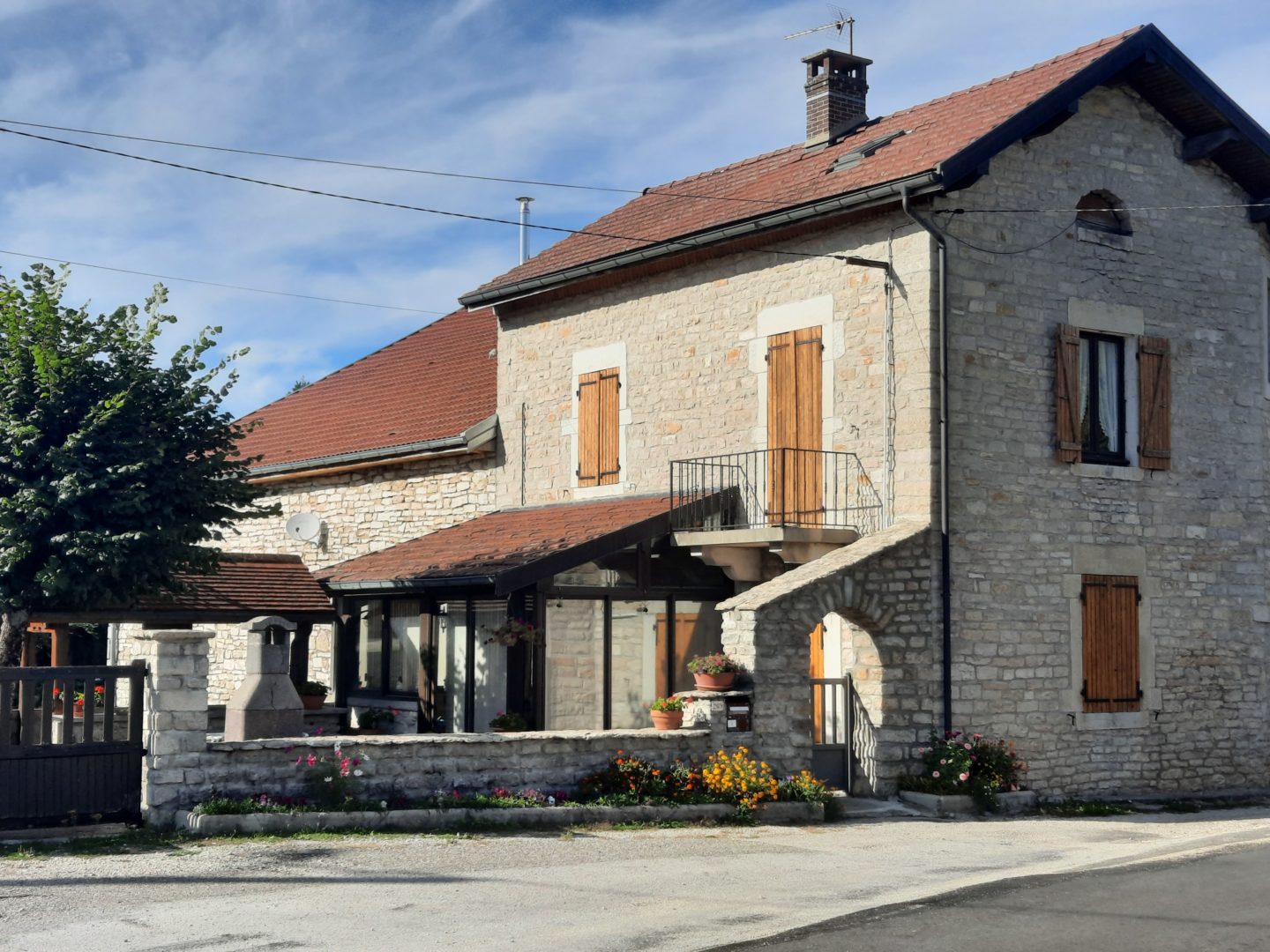
Local house- Mirebel 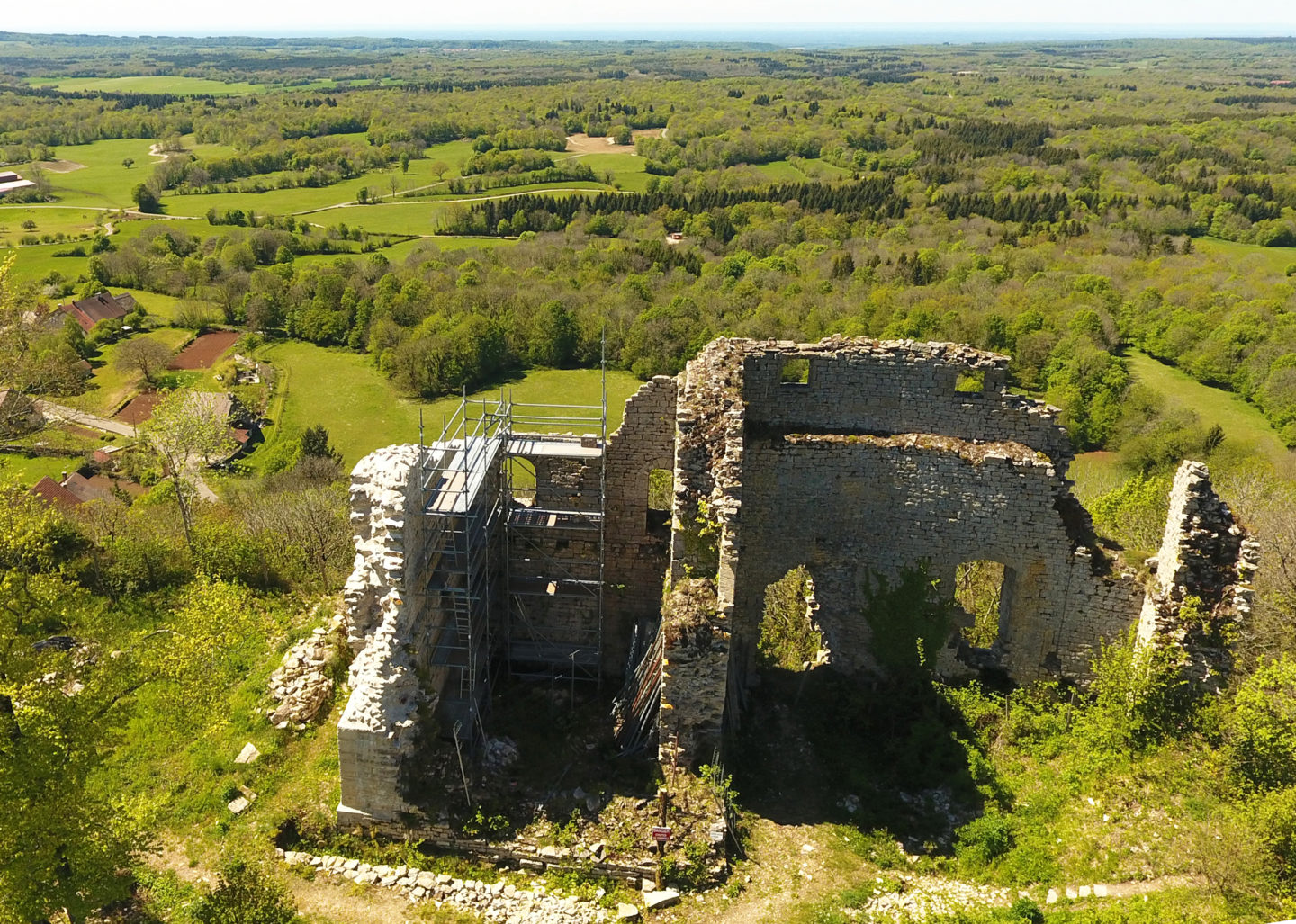
Castle ruins - Mirebel
Crançot :
The name Crançot comes from the Latin word "Kranno", meaning "stone". Indeed, the village soil provided a very resistant white stone. But it's also possible that the name comes from the diminutive of "Crans", an ancient village above the Seille that no longer exists. It also refers to the stone of the plateau on which Crançot is built.
It's the most populous commune in Hauteroche. Its inhabitants are called Crançotois and Crançotoises.
Historically, Crançot has always been renowned for its limestone. As a result, it has been used extensively in the construction of local houses, the town hall and school, and as far away as the Pantheon in Paris. Quarrying ceased in the mid-20th century.
What's on offer?
- The 16th-century church of Sainte-Marie-Madeleine,
- Remains of the Roman road,
- The Roman abyss,
- Eighteenth- and nineteenth-century farmhouses,
- Lava shepherds' huts,
- And the Roches de Baume lookout offers a magnificent panorama of the Baume-les-Messieurs reculée. The "Echelles de Crançot" hiking trail takes you back down to Baume-les-Messieurs.
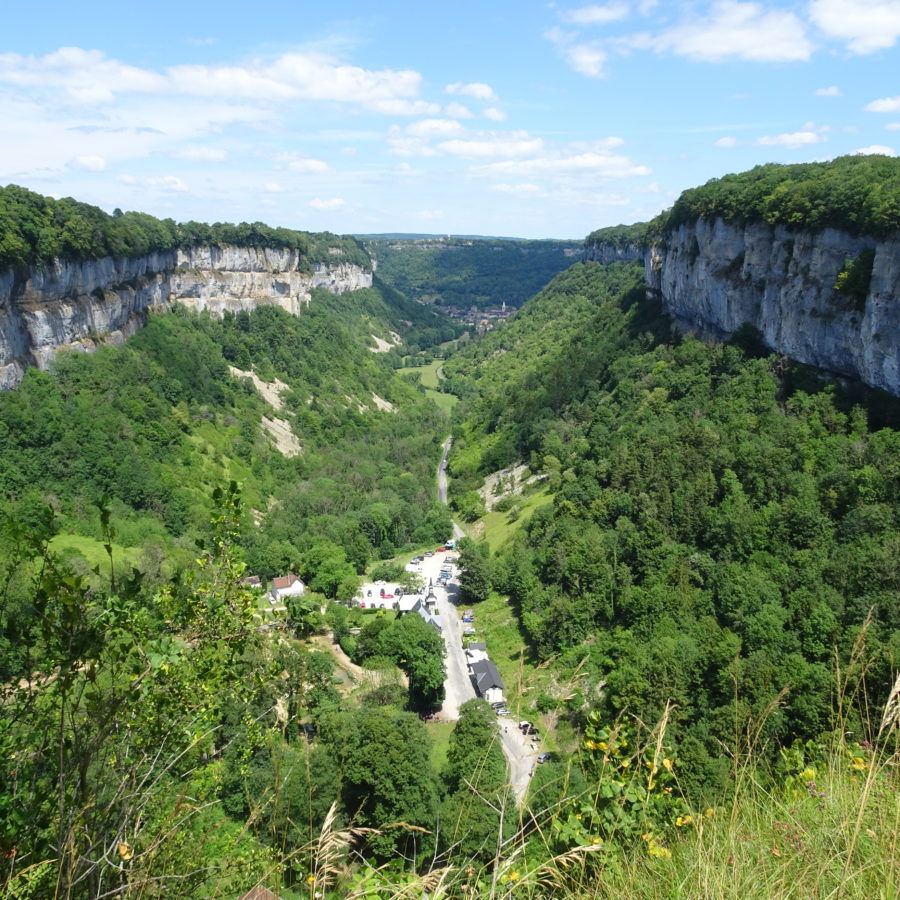
Cirque de Baume - Crançot 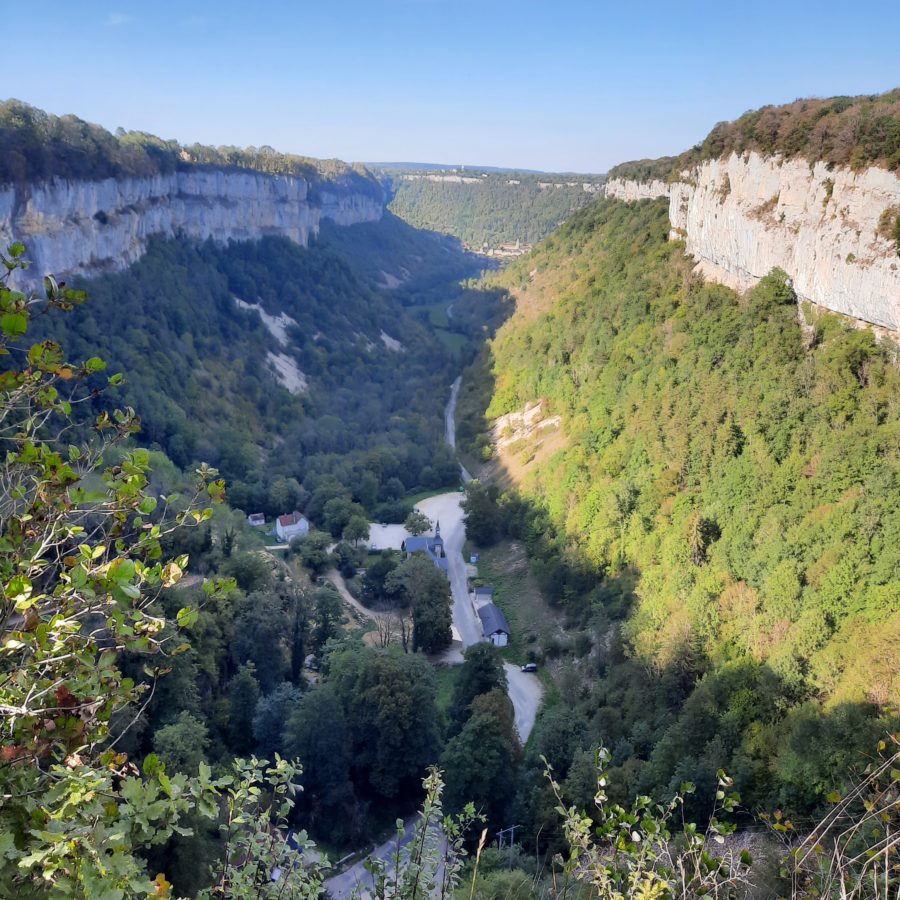
Cirque de Baume - Crançot
Granges-sur-Baume :
The history of Granges-sur-Baume has always been closely linked to that of Baume-les-Messieurs. Until the French Revolution, the two villages were one and the same. Trade worked very well in both directions. Fodder and cereals went down into the valley, while wine went up to the hamlet of Les Granges. Under the impetus of the French Revolution, the hamlet became an autonomous commune under the name of Granges-sur-Baume.
What's on offer?
- Dry-stone shelters. In Granges sur Baume, these "guérites" (huts built to shelter workers) are found in large numbers. They are built into the "murgers", the dry-stone walls delimiting plots of farmland. The last users would have been shepherds herding their sheep nearby.
- And the Granges-sur-Baume belvedere offers an unrivalled view of the Baume-les-Messieurs reculée.
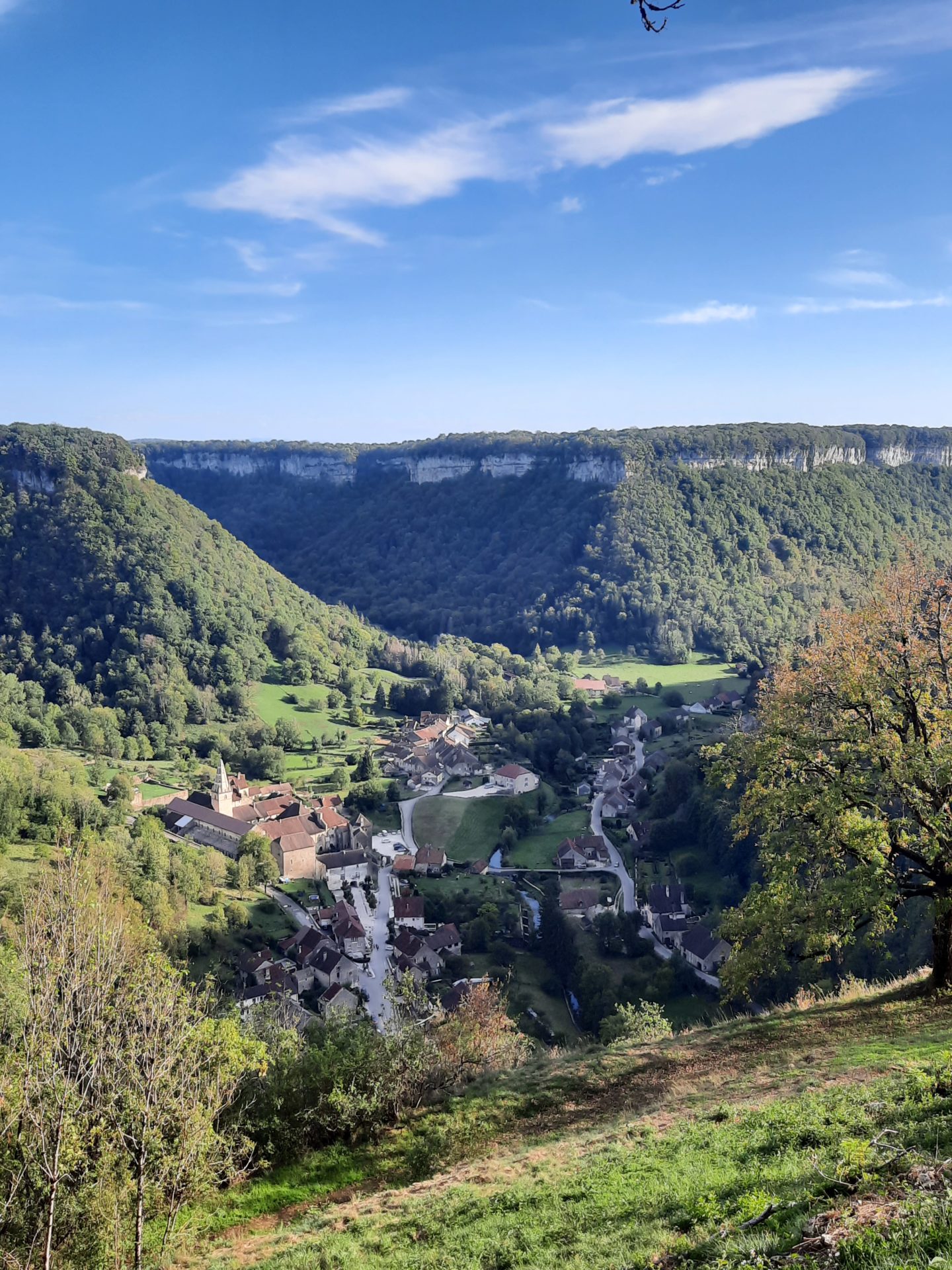
Belvedere at Granges-sur-Baume 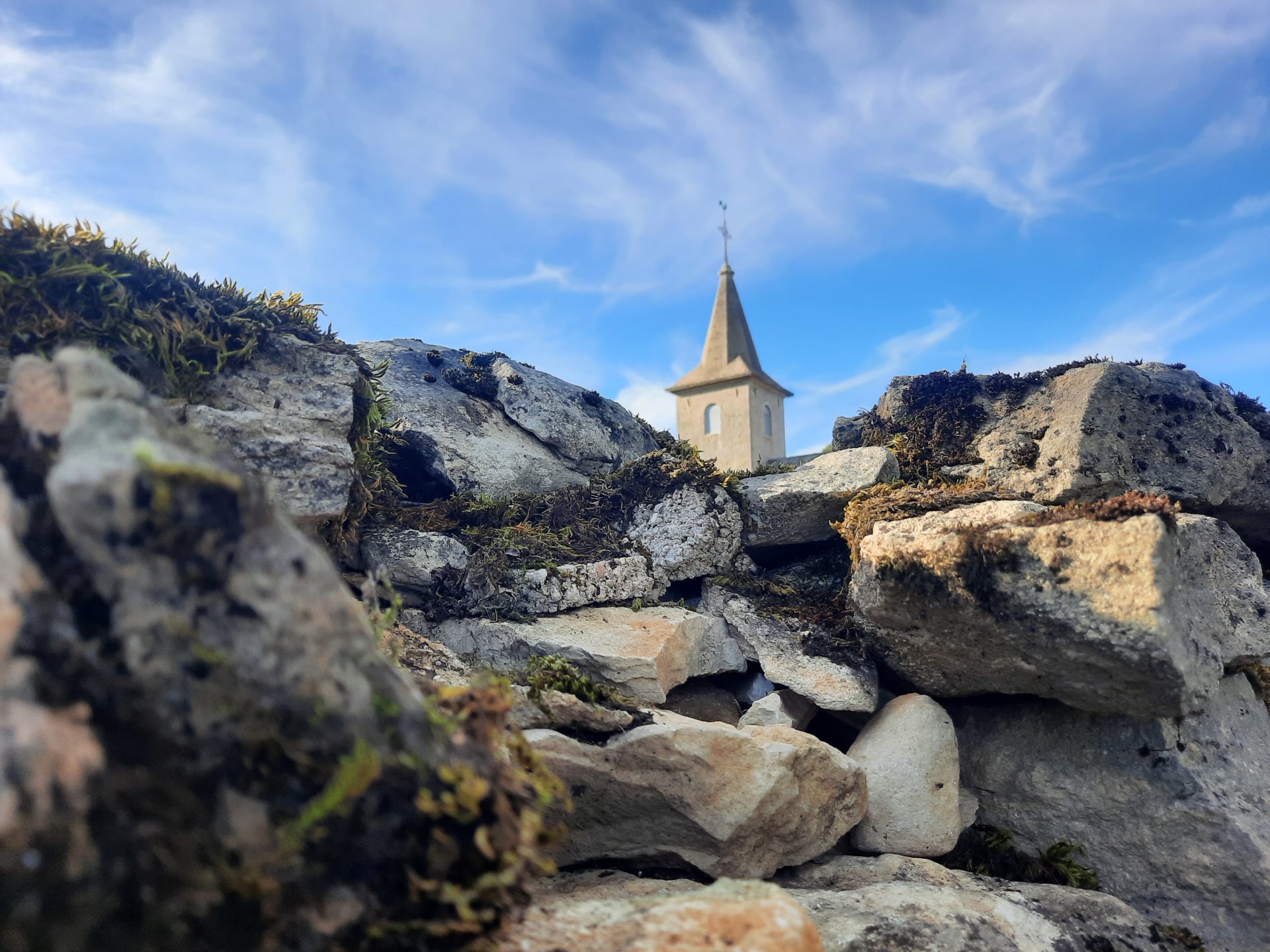
Granges-sur-Baume 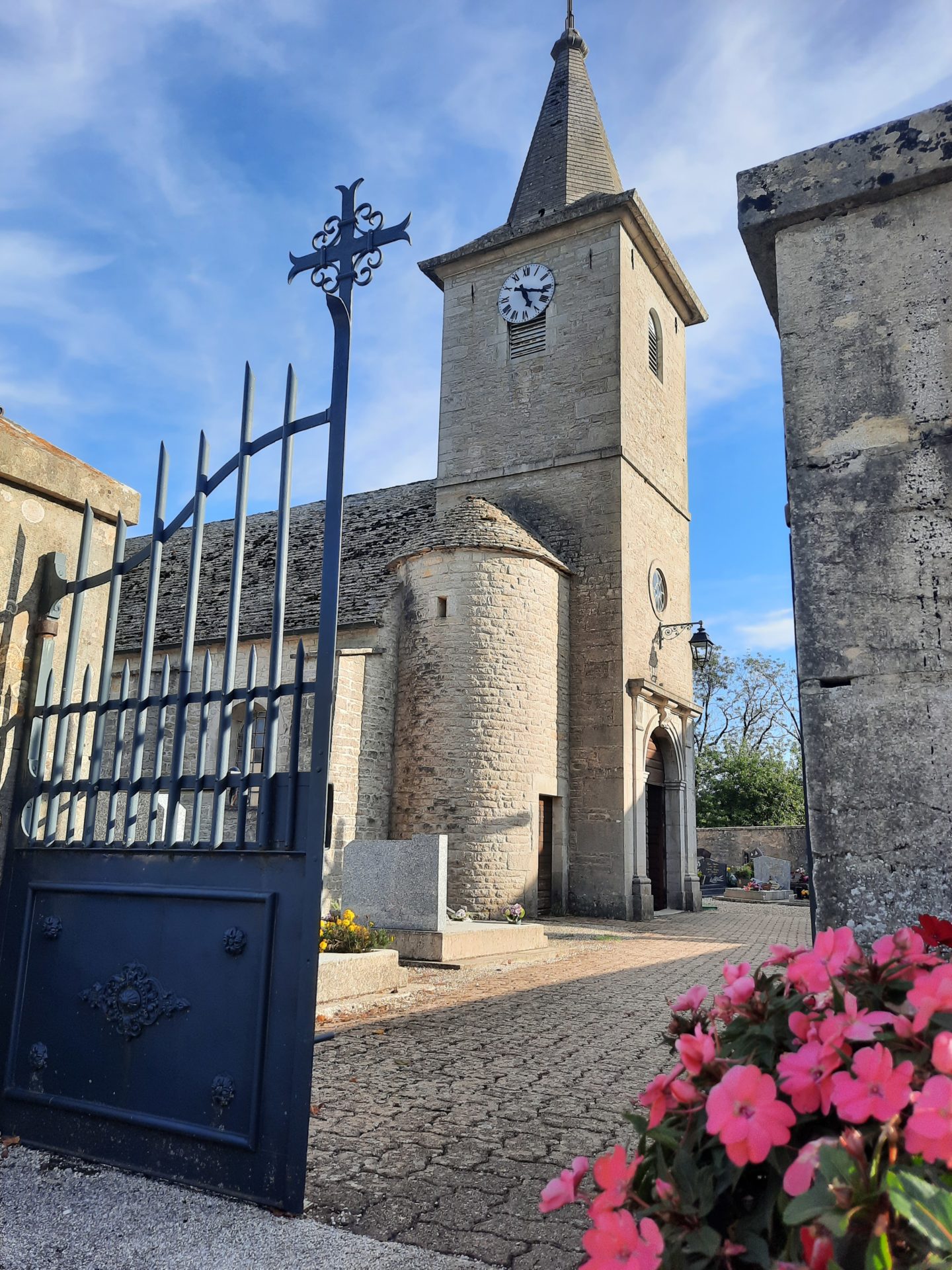
église Saint-Antoine - Granges-sur-Baume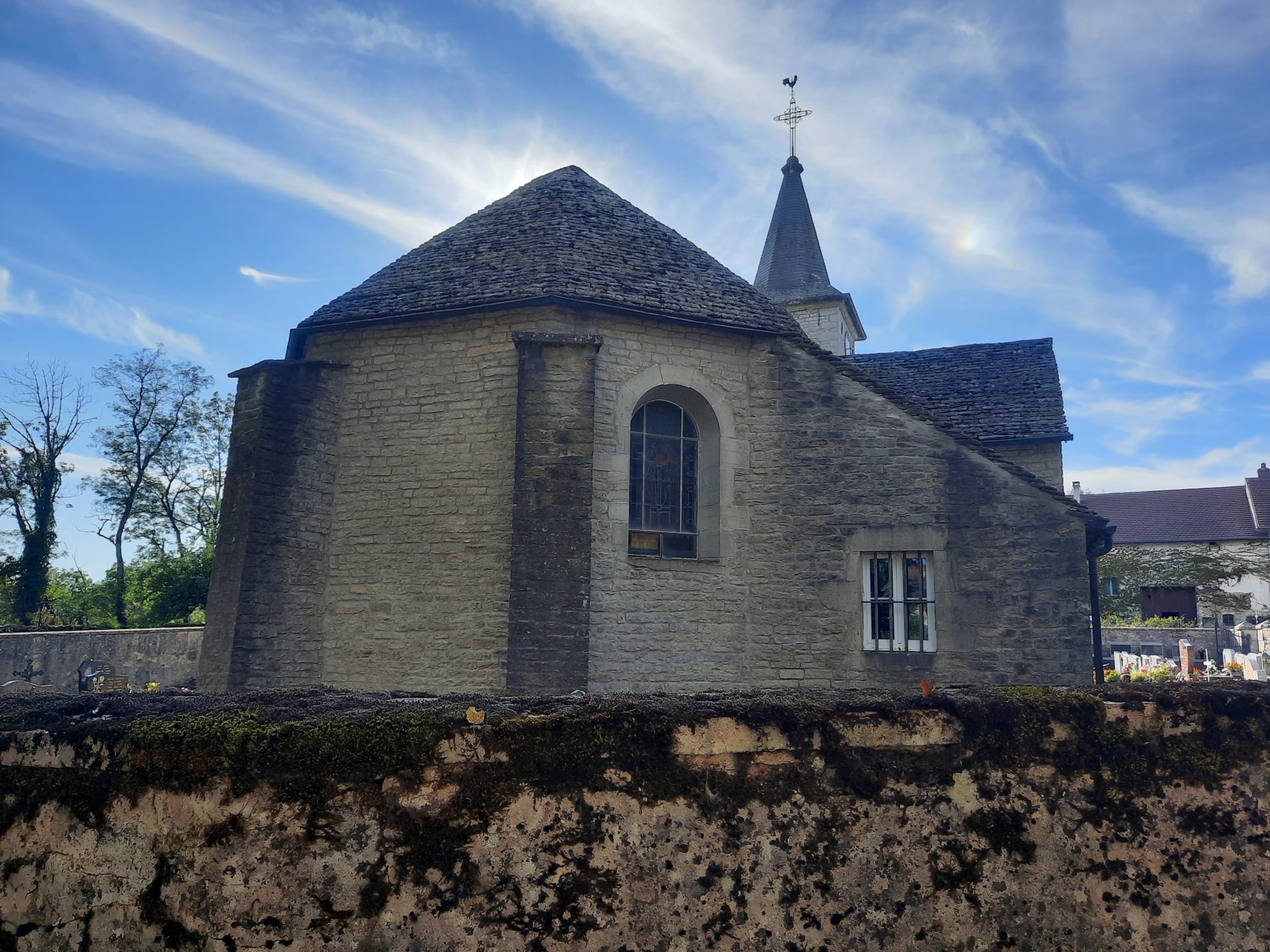
église Saint-Antoine - Granges-sur-Baume 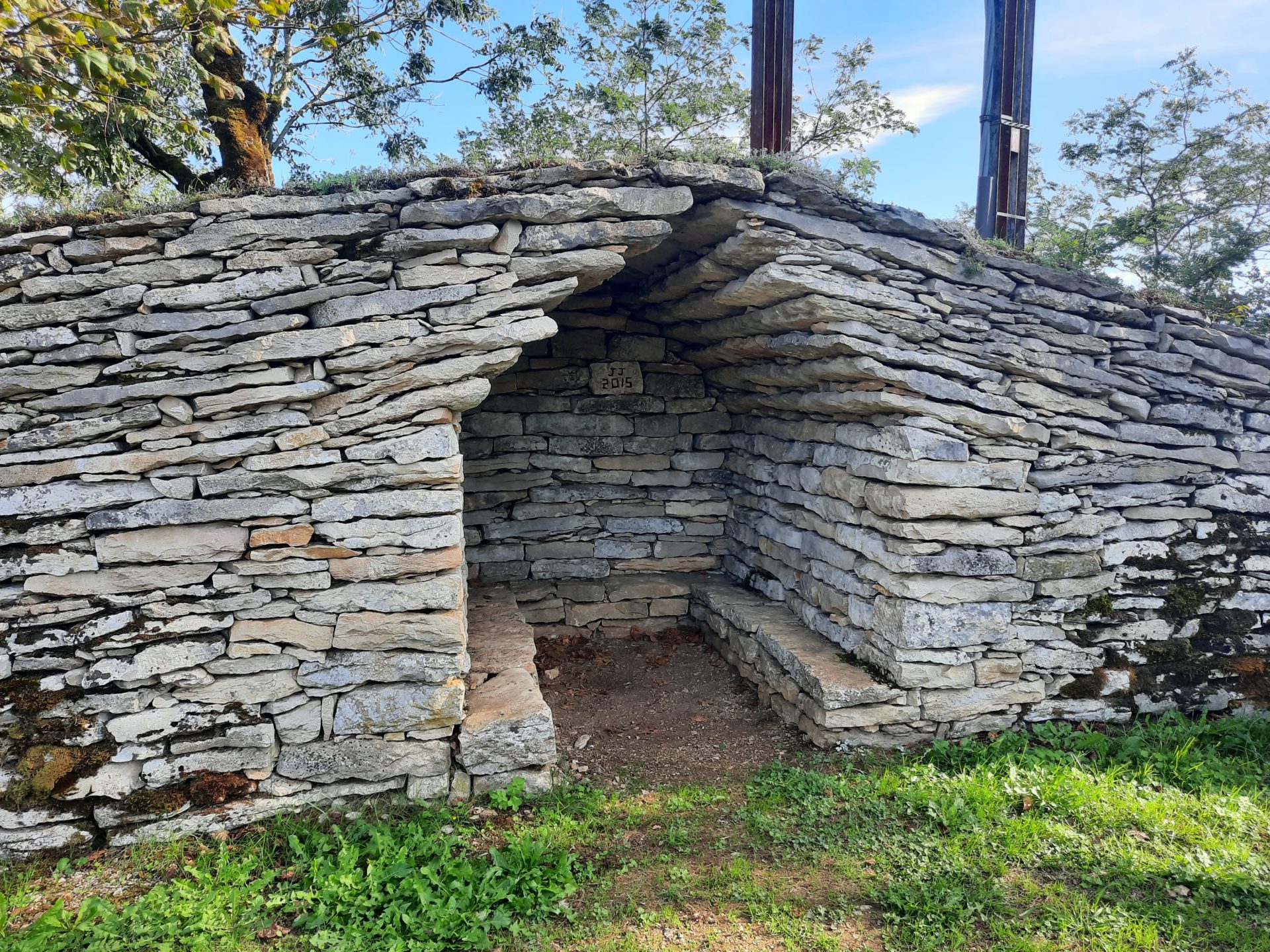
Dry stone shelters - Granges-sur-Baume

